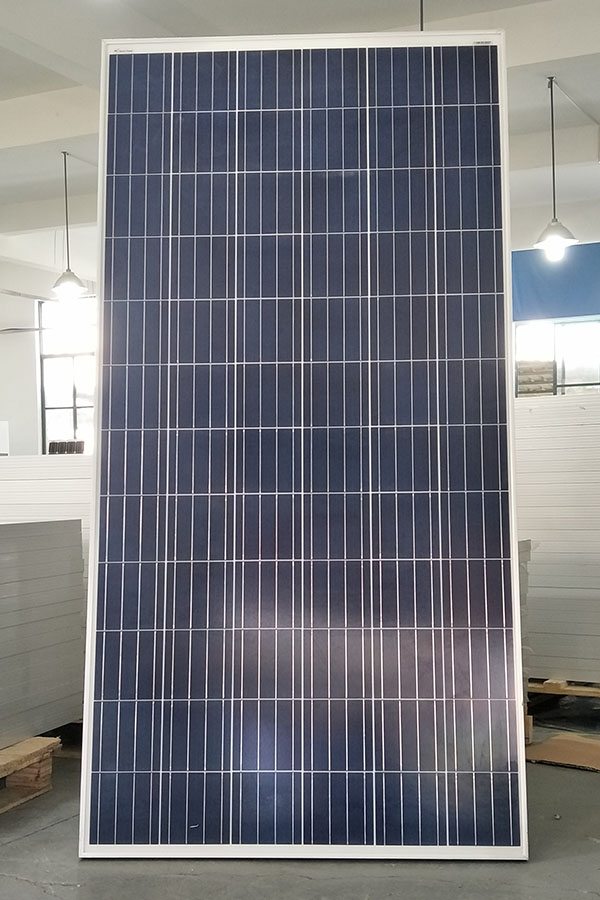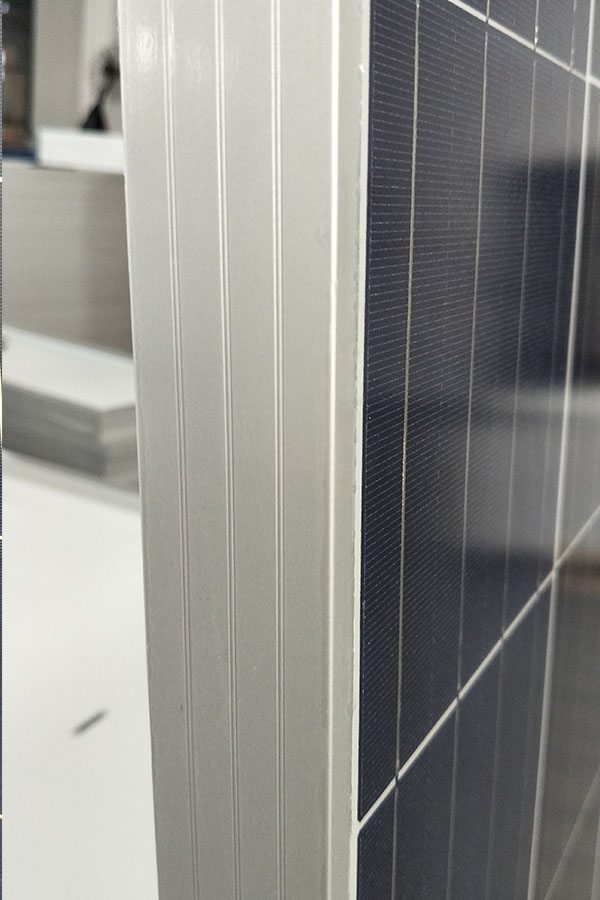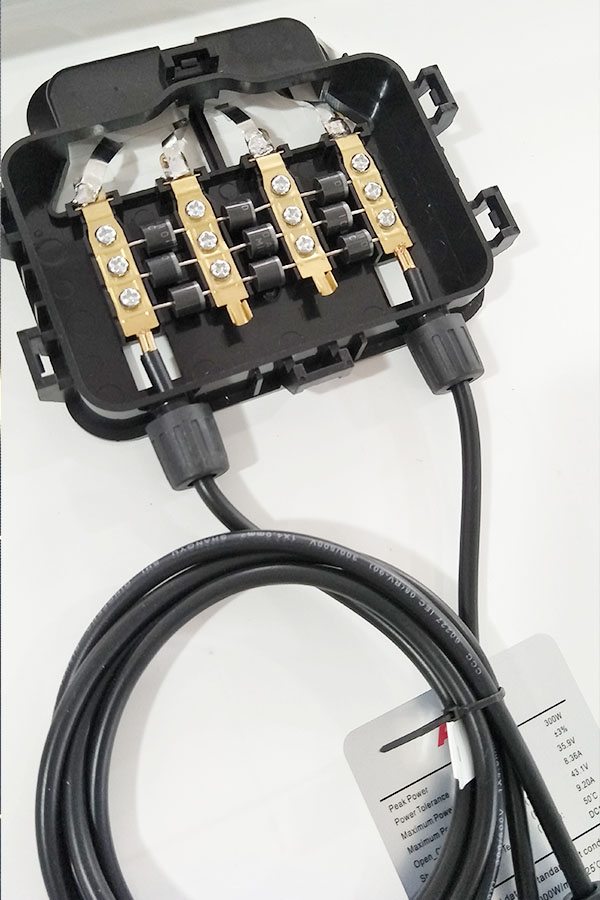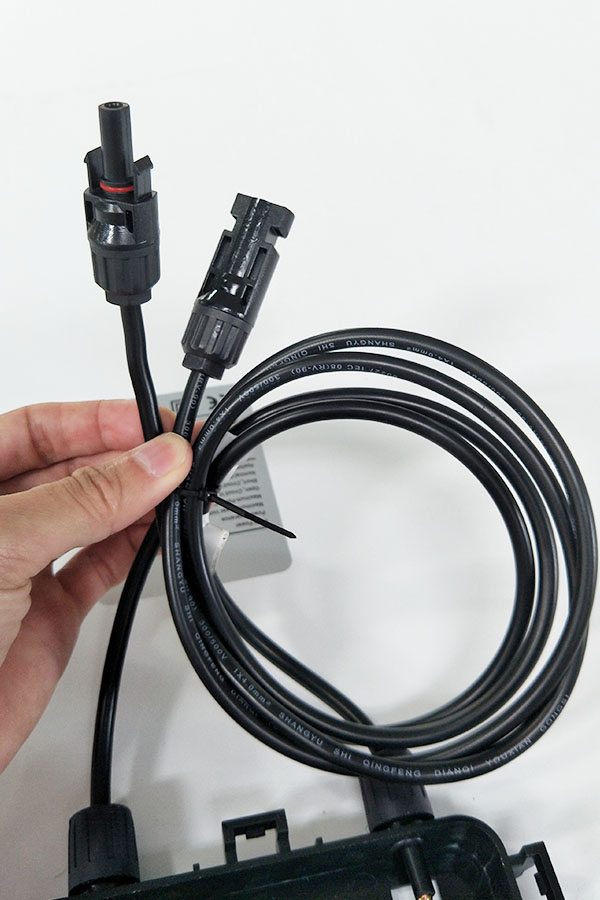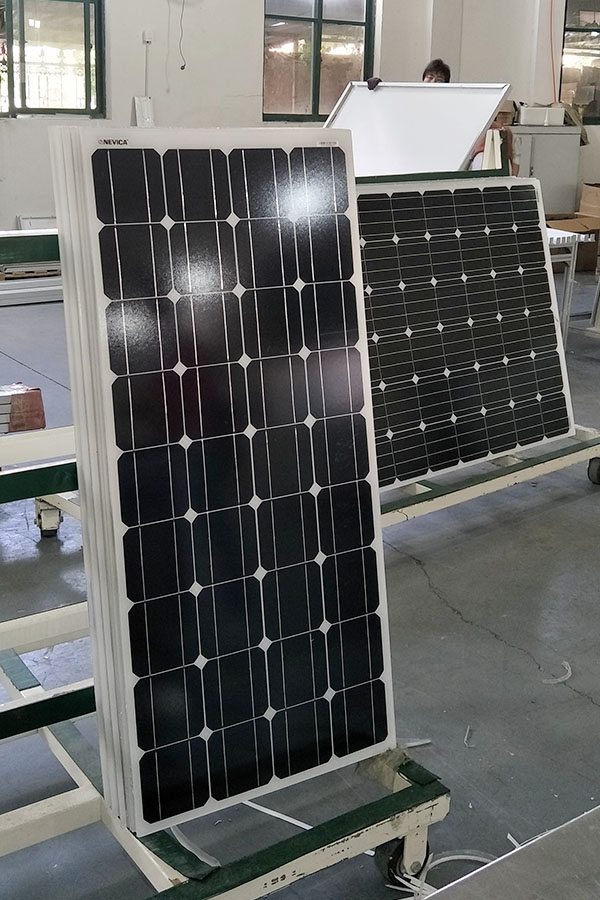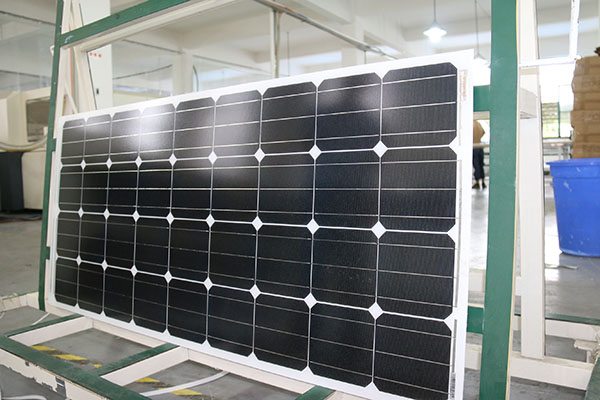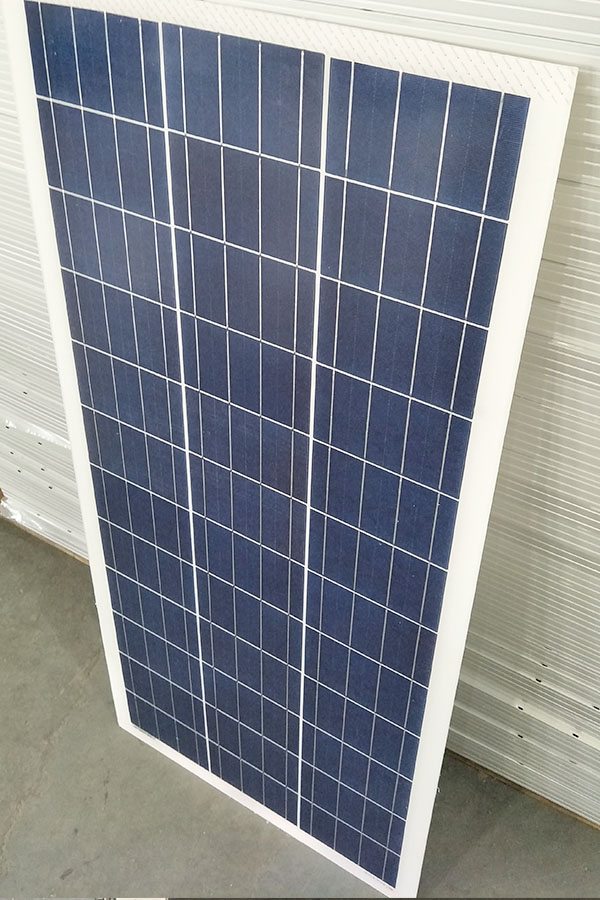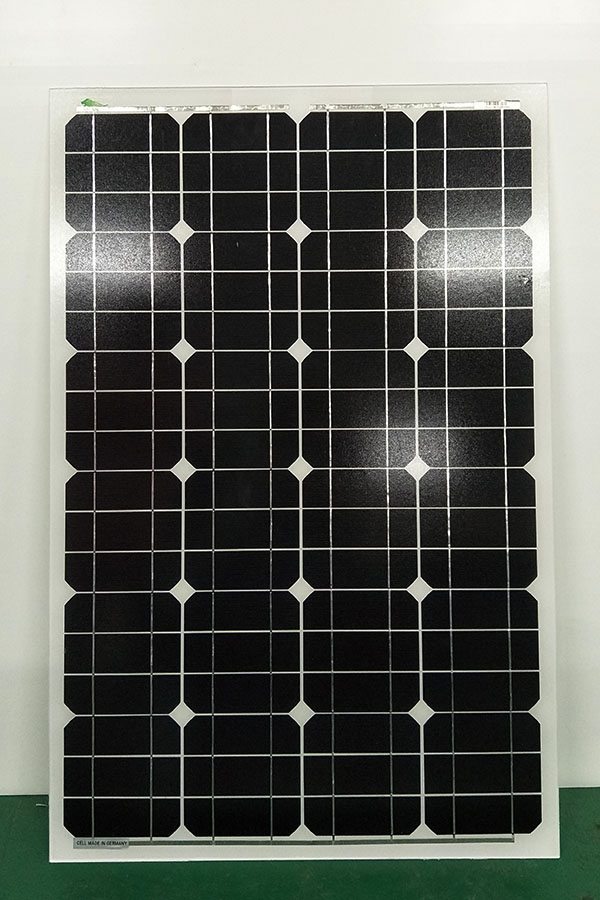OEM Supplier for Poly-crystalline Solar Panel 300W Factory for Pretoria
Short Description:
Our goal is to provide high quality products at competitive prices, and top-notch service to customers around the world. We are ISO9001, CE, and GS certified and strictly adhere to their quality specifications for OEM Supplier for Poly-crystalline Solar Panel 300W Factory for Pretoria, If you are interested in any of our products or would like to discuss a custom order, please feel free to contact us.
Poly-crystalline Solar Panel 300W
Technical parameter
Maximum Power(W) 300W
Optimum Power Voltage(Vmp) 37.15V
Optimum Operating Current(Imp) 8.08A
Open Circuit Voltage(Voc) 45.30V
Short Circuit Current(Isc) 8.87A
Mechanical Characteristics
Cell Type Poly-crystalline 156x156mm (6 inch)
No of Cell 72 (6x12pcs)
Dimensions 1956x992x50mm
Weight 22.5Kg
Front Glass 3.2mm,High Transmission, Low Iron,Tempered Glass
Junction box IP65 Rated
Output Cable TUV 1×4.0mm2/UL12AWG,Length:900mm
Temperature and Coefficients
Operating Temperature(°C): -40°C ~ + 85°C
Maximum System Voltage: 600V(UL)/1000V(IEC) DC
Maximum Rated Current Series: 15A
Temperature Coefficients of Pmax: -0.47%
Temperature Coefficients of Voc: -0.389%
Temperature Coefficients of Isc: 0.057%
Nominal Operationg Cell Temperature (NOCT): 47+/-2°C
Materials of solar panel
1).Solar Cell——Poly-crystalline solar cell 156*156mm
2).Front Glass——-3.2mm, high transmission, low iron, tempered glass
3).EVA——-excellent anti-aging EVA
4).TPT——-TPT hot seal made of flame resistance
5).Frame——anodized aluminum profile
6).Junction Box——-IP65 rated, high quality, with diode protection
Superiority: high quality anodized aluminum frame, high efficiency long life, easy installation, strong wind resistance, strong hail resistance.
Features
1. High cell efficiency with quality silicon materials for long term output stability
2. Strictly quality control ensure the stability and reliability, totally 23 QC procedures
3. High transmittance low iron tempered glass with enhanced stiffness and impact resistance
4. Both Poly-crystalline and Mono-crystalline
5. Excellent performance in harsh weather
6. Outstanding electrical performance under high temperature and low irradiance
Quality assurance testing
Thermal cycling test
Thermal shock test
Thermal/Freezing and high humidity cycling test
Electrical isolation test
Hail impact test
Mechanical, wind and twist loading test
Salt mist test
Light and water-exposure test
Moist carbon dioxide/sulphur dioxide
Bruce Bugbee discusses air temperature, humidity, and how to measure both in part 1 of 9 in the ICT International and Apogee Instruments lectures that took place at the Hawkesbury Institute for the Environment campus of the Western Sydney University.
VIDEO CONTENT
06:10 AIR TEMPERATURE INTRO
I’m going to start with air temperature measurements. We are going to talk about the type of sensor that we use to measure air temperature and how we shield the temperature from radiation in solar radiation shields.
07:51 RADIATION SHIELDS
Multi-plate shields – The vast majority of weather stations have a muli-plate shield on them. These shields work great for providing accurate air temperature and humidity measurements if the wind is blowing and the sun is not shining too brightly, but if the wind is not blowing fast and the sun is shining right on the shield we can have errors in our air temperature measurements. We have recorded errors of even 13 degrees C using a static shield.
09:58 Aspirated shields – Aspirated radiation shields are shields that have a fan in them. These shields keep the air circulating in them even when the wind is not blowing because of their fan. Aspirated shields are far more accurate than multi-plate shields with errors around a few tenths of a degree instead of a whole degree.
11:02 APOGEE’S TS-100 SOLAR RADIATION SHIELD
The shield is low-power taking 20 to 80 mA of power to operate the fan, allowing the shield to be powered by a small solar panel. The fan has variable speeds so it can be adjusted for weather conditions that is less or more needed for.
15:39 TEMPERATURE SENSORS
There are three kinds of temperature sensors that people put in solar radiation shields. They are thermocouples, thermistors, and PRT (platinum resistance thermometer). When it comes to temperature sensors, small temperature sensors are always better because they stay in better equilibrium with the air temperature.
16:42 PRTs are long thought to be the gold standard for temperature measurement. They are very small in signal but they are very rugged.
17:05 It is our experience that thermistors are very underrated as a technology for measuring air temperature. They got a bad rep years ago because if moisture gets in a thermistor it can cause drift, but if you can prevent moisture from getting inside the sensor then thermistors are very stable.
17:32 This is an epoxy coated thermistor that we have found to be very stable and very rugged in environments. In our experience, this is the sensor of choice even when compared to PRTs.
17:53 Thermocouples are the least accurate of the three temperature sensors. The require reference temperatures.
18:11 PRTS ARE NOT ALL EQUAL
Not al PRTs are the same. PRTs come in different classes they are: Class A, B, and C, and 1/3 and 1/10 DIN.
20:23 HUMIDITY
There are electronic sensors to measure humidity and they are getting more accurate and less expensive all the time. They are often used in solar radiation shields. 34:48 The most common way to measure humidity is with a capacitance probe. It looks like a fat sharpie. At the end of the sensors is a chip that changes the capacitance based on the adsorption and desorption of water vapor molecules. They have been around for about 20 years and continue to improve.
23:22 I am going to talk about the principles of psychometrics, which is the difference between relative humidity and absolute humidity. Absolute humidity is what drives pretty much all environments responses, stomatal responses, and atmospheric humidity responses, and yet we measure relative humidity. We can use psychometric charts to calculate the absolute humidity. Example of how to calculate absolute humidity using a psychometric chart.
——-
More information on Apogee temperature sensors at https://www.apogeeinstruments.com/temperature/
More information on Apogee solar radiation shield at https://www.apogeeinstruments.com/aspirated-radiation-shield/
——
More videos on air temperature and solar radiation shields can be found at https://www.youtube.com/watch?v=G9xdVQii_YY&list=PLOTpNTsJcpqeJEyiYVeIGAECR043DW1rY
——
Follow us to see all the cool places our sensors are used, get notices for free classes and how to videos, and product announcements!
-Blog
http://blog.apogeeinstruments.com/
https://www.facebook.com/ApogeeInstruments
https://www.twitter.com/ApogeeInst/
https://www.linkedin.com/company/1084851
Off Grid Air Conditioning A Sucess You Dont Need An Expensive System
